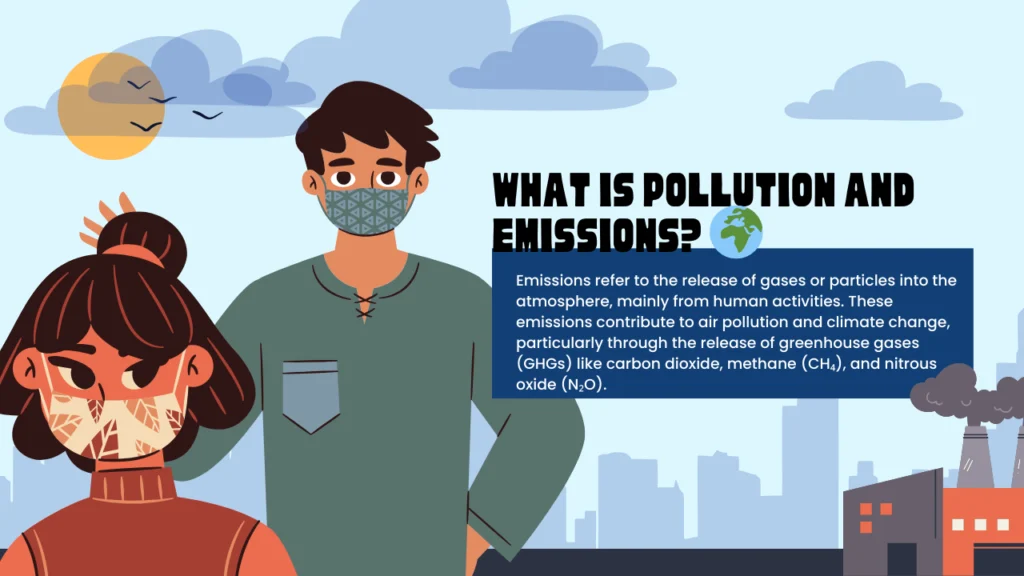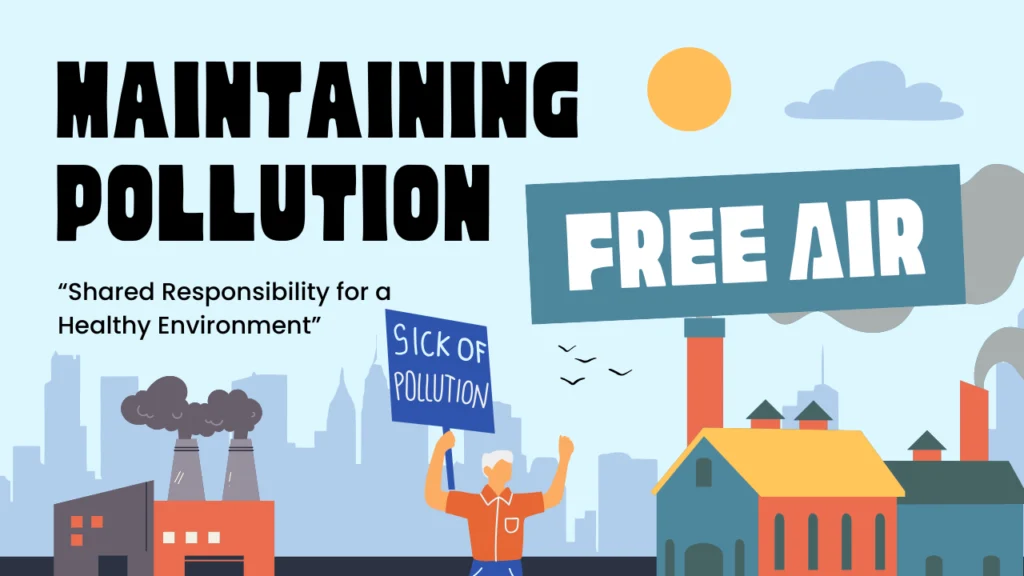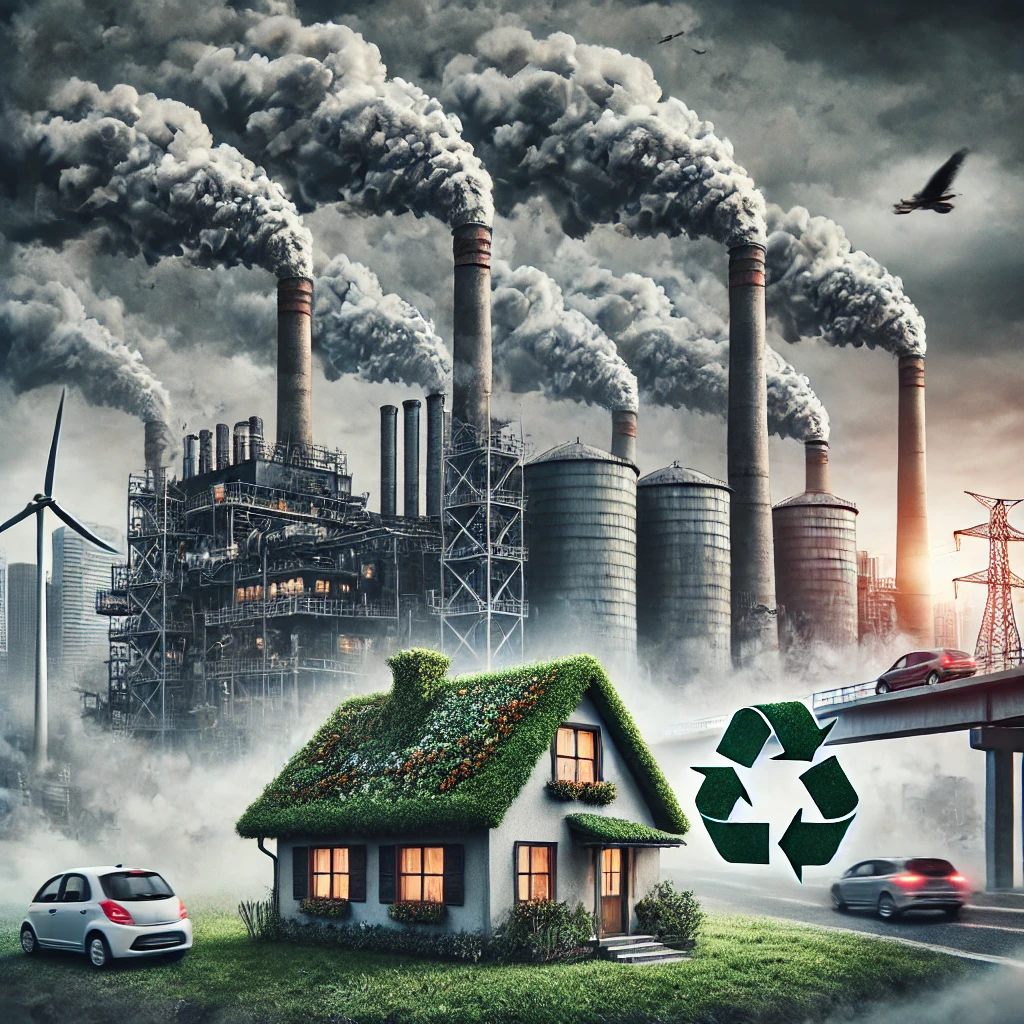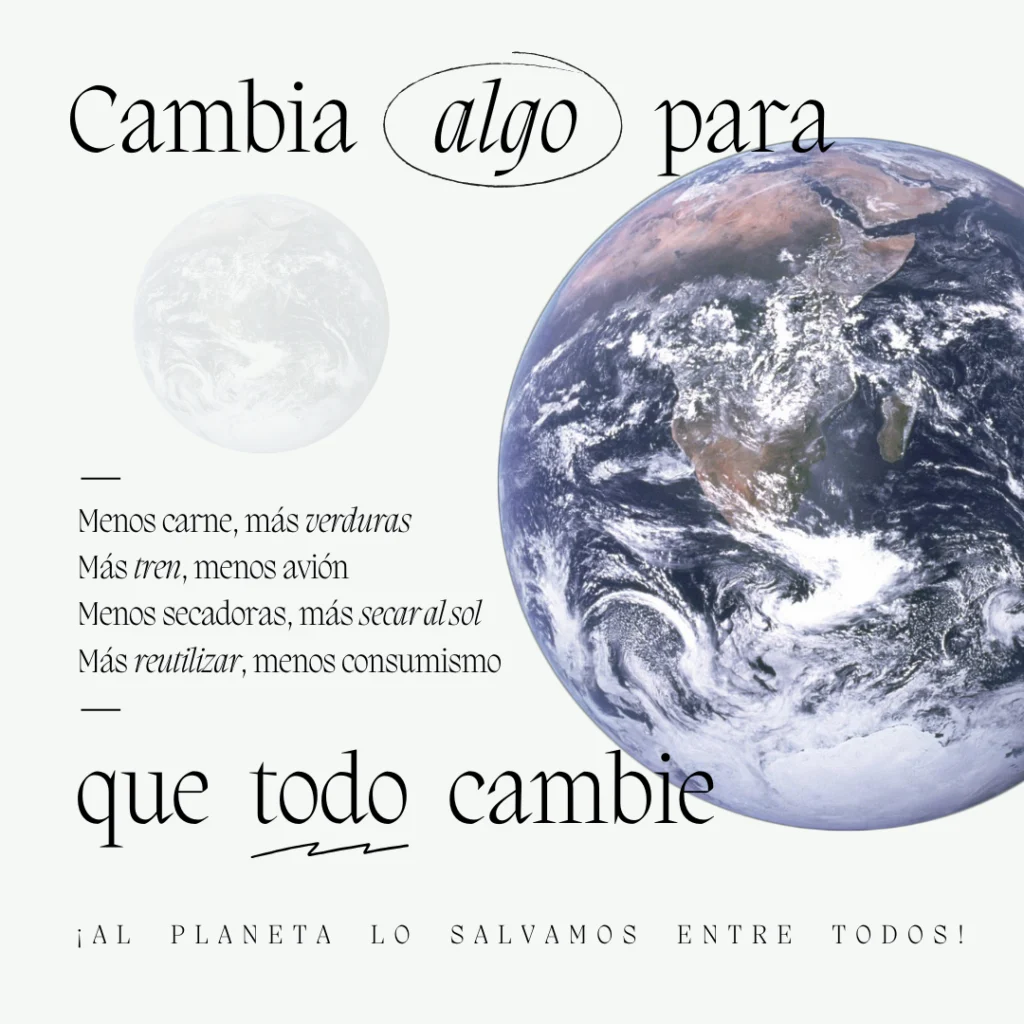What is Pollution and Emissions? 🌍

Pollution and emissions are closely linked to environmental degradation and public health concerns. But what exactly are these terms, and how do they impact our planet?
Understanding Pollution 🌫️
Pollution refers to the introduction of harmful substances or contaminants into the environment. These substances can take various forms—air, water, soil, and even noise pollution. The main sources of pollution are human activities such as industrial processes, transportation, and agriculture. When pollutants accumulate in the atmosphere or natural ecosystems, they can cause long-term damage to both human health and wildlife.
Types of Pollution:
- Air pollution – Caused by the release of harmful gases like carbon dioxide (CO₂), nitrogen oxides (NOₓ), and particulate matter (PM2.5, PM10) into the atmosphere. These pollutants can trigger respiratory issues and contribute to global warming.
- Water pollution – Occurs when harmful chemicals, plastics, and waste enter water bodies, affecting aquatic life and making water unsafe for consumption.
- Soil pollution – Contaminates land with toxic chemicals from agricultural pesticides or industrial waste, leading to poor soil health and reduced agricultural productivity.
What Are Emissions? 🚗💨
Emissions refer to the release of gases or particles into the atmosphere, mainly from human activities. These emissions contribute to air pollution and climate change, particularly through the release of greenhouse gases (GHGs) like carbon dioxide, methane (CH₄), and nitrous oxide (N₂O).
Types of Emissions
- Greenhouse Gas Emissions: These gases trap heat in the atmosphere, leading to global warming and climate change. The main contributors are:
- CO₂: Emitted by burning fossil fuels in power plants, vehicles, and industries.
- Methane: Released during oil and gas production, as well as from agriculture and landfills.
- Nitrous Oxide: Often produced from agricultural activities and industrial processes.
- Air Pollutant Emissions: These include substances harmful to health, such as:
- Nitrogen Oxides (NOₓ): Commonly released from vehicle exhaust and industrial activities.
- Particulate Matter (PM2.5, PM10): Tiny particles in the air that can penetrate deep into the lungs, causing respiratory and cardiovascular issues.
The Impact of Pollution and Emissions 🌱

The release of pollutants and emissions has widespread environmental and health consequences:
- Health Risks: Long-term exposure to air pollution can lead to chronic respiratory diseases, heart conditions, and even premature death.
- Environmental Degradation: Pollution damages ecosystems, reduces biodiversity, and contributes to the acidification of oceans and soil contamination.
- Climate Change: Greenhouse gas emissions are the main drivers of global warming, leading to more frequent extreme weather events, rising sea levels, and changing ecosystems.
Reducing Pollution and Emissions ♻️
Governments and organizations worldwide are working to reduce emissions through stricter regulations, technological innovation, and public awareness campaigns. Renewable energy sources, such as solar and wind power, offer a cleaner alternative to fossil fuels. To learn more about the fastest growing renewable energy, check out our article on What is the Fastest Growing Renewable Energy in the World?. Significantly reducing carbon footprints.
To calculate your personal impact on the environment, try using a carbon footprint calculator. Additionally, explore our emissions reduction guides to learn practical steps for living a more sustainable lifestyle.



